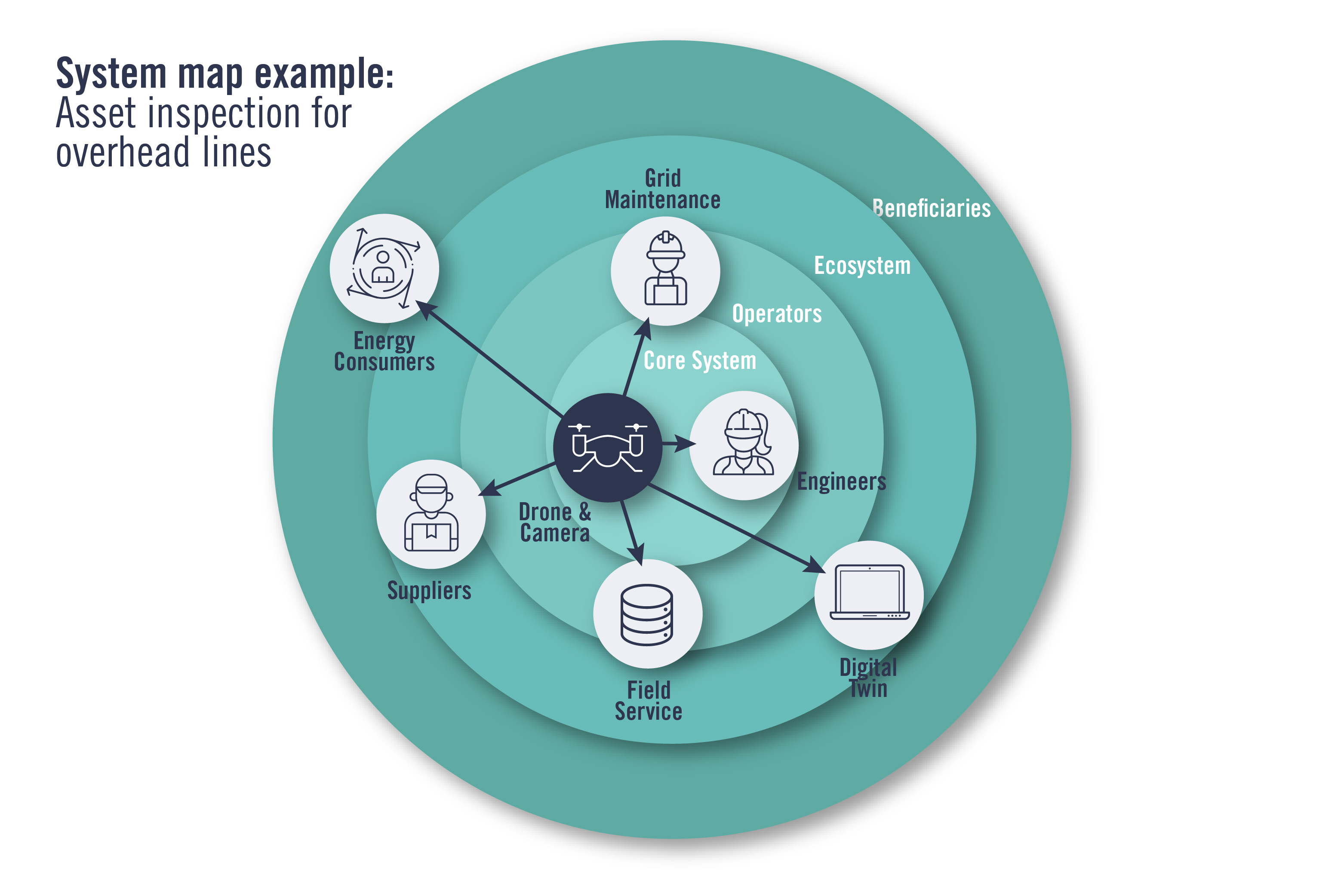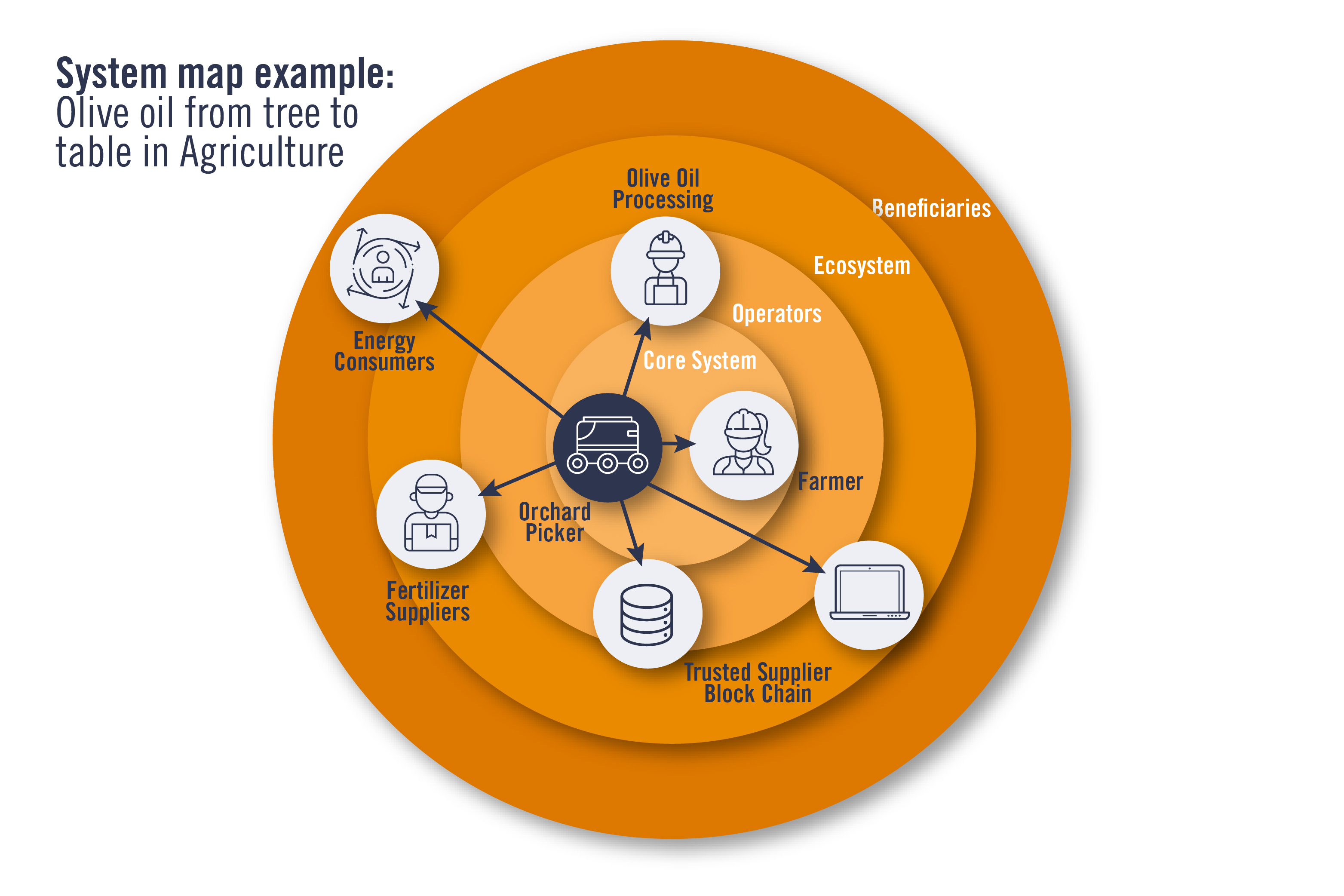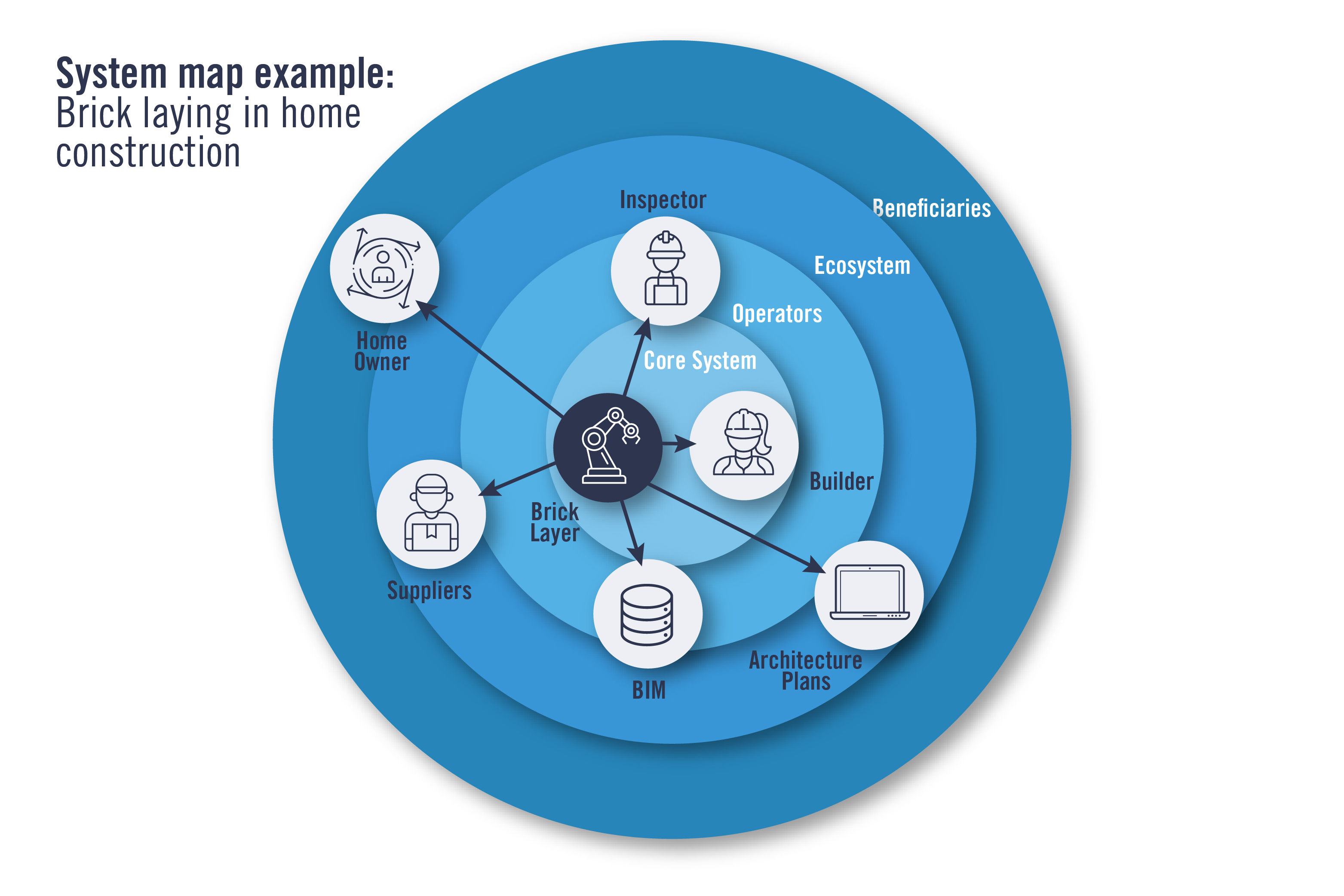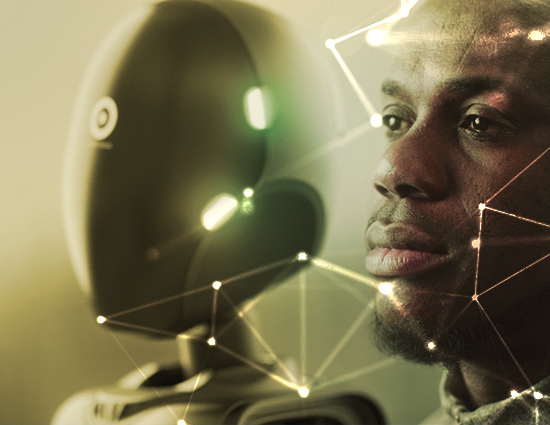They are already physically loading our online shopping baskets, vacuuming our homes and maintaining our lawns. But what will it take for automated and autonomous systems to proliferate across industry and society – on the roads, city streets, building sites, fields, factories and schools? The answer is digital services innovation that seamlessly integrates AI, communications, sensors and software into the societal ecosystem. And the consequence will be a truly interactive and autonomous digital society with humans and machines collaborating in one and the same loop.
Now before I dive into ways of ensuring autonomous systems deliver the benefits of end user convenience, I want to make a couple of fundamental points clear. A successful digital services strategy must understand that automation and autonomy is about human augmentation, not human replacement. And it should be created to fit with the needs of the human world, not the other way round. Autonomy, in other words, must be designed and implemented on human terms.
Let me explain this key issue – the relationship between machines and humankind – in a little more detail. We might define autonomy as a state where the machine undertakes complex tasks, displacing human action and conducting itself with self-governance. But a human will always be present to some degree.
There could be a team at the core of the working environment, for example. The surgeon and the co-bot or the farmer and the automated weeder. There might be an overseer of the decisions made by the system, such as the construction site supervisor monitoring the robotic, 3D printing bricklayer. Of course, we should also mention the beneficiary of increased convenience – the consumer enjoying click-to-deliver food.
The pathway from automation to autonomy
Autonomous systems efficiency
Despite the increased efficiency, accuracy, and consistency of autonomous systems and robots, there still always be tasks which humans can do better. That might be down to the fine motor skills of the human hand or the empathic insights of the human brain. This assertion, that automation and autonomy must complement the human world, is one of the threads running through a recent Cambridge Consultants whitepaper from my colleague Sajith Wimalaratne.
In Automation to autonomy: navigating the path to success, he explores the different levels of adoption. From the emerging maturity in smart infrastructure to the advanced maturity in retail and logistics, Sajith discusses how to shape the right technology bundles to achieve successful industry implementation.
Advantages of autonomy
It is clear to see the benefit that autonomy can bring to help solve the problem of the lack of available unskilled labour. But there are plenty of other human touchpoints that will be affected and downstream benefits that can be achieved. The system map examples below provide a simple model of how these advantages can be characterised.

The core systems are those entities that the autonomous entity directly interacts or supports. The human constructing the new highway on-ramp or the shop worker replenishing shelves. Around this we have the operators – still within the auspices of the owning organisation – such as the overseeing operator, the backend systems that collect and hold the data, the object with ultimate responsibility for the autonomous entity’s actions.
“To orchestrate the collaboration of a variety of autonomous systems in any operating space is a challenge – integrating these systems through software is key.”
Beyond that we have the wider ecosystems – the downstream organisations involved in the value created by the autonomous entity. These could be the distributors in the supply chain or other parties that are able to create new value from the autonomous operating data. On the outer layer are the end users who benefit from the efficiencies that the autonomous entity created. The citizen benefiting from the increased security that a surveillance drone delivers, for example. The consumer enjoying the affordable, locally harvested fruit. Or the product manufacturer benefiting from cost effective, just-in-time components.

Each relationship can be realised and made tangible via digital services. Allowing the benefit, control, and flow of value to reach each of the entities through digital surfaces. Creating the autonomous systems – using robotics, AI, sensors, and software – needs to go hand-in-hand with a wider set of digital services to allow all the benefits to be realised. Integration and orchestrating the autonomous systems and the human collaborators in an operating space is a challenge for the software in digital services.

Effective digital services
The hardest part of developing a new digital service is determining the problem to be solved – the user’s goal that the service sets out to satisfy. If these fundamental planks of the autonomous services are clearly defined, we can then move on to the much simpler job of working how to realise them. In a previous blog I discussed how we have a simple pattern to consider the constitute parts of a digital services as the platform, the data, and applications.
The platform is where the software and processes that make up the service operates. It extends from the device to the cloud and is both a technical entity but also the business model that brings together players in the overall ecosystem. The data is both the information that directs and provides content to the service. But the operation of the autonomous system develops new data. The platform provides access, APIs, to allow other providers and consumers to access the data.
The applications are both the business logic and processes that guide the autonomous system but also the apps that interact with the entities in the ecosystem via the appropriate digital surfaces (web, mobile, speech, touch and so on). The techniques to for the autonomy to fit into the system is achieved by platform engineering.
Want to learn more about digital service innovation?
While we can use many good engineering techniques – platform engineering, information management, sensor development, machine learning – there is still a major role for design, creativity, entrepreneurship, and innovation. What I’m talking about here is the difference between a good ‘fit’ and a great one!
Do please drop me a line if you’d like to discuss your ambitions. Perhaps you are a predominantly ‘physical’ company moving towards digital automation or a start-up with a brilliant idea. Either way, Cambridge Consultants is well placed to help fit autonomy into your wider ecosystem. It would be great to hear from you.





